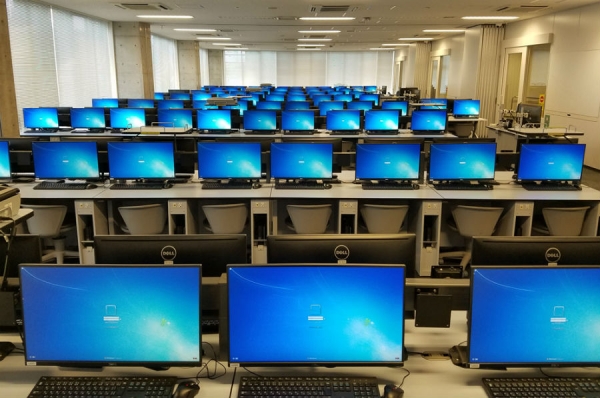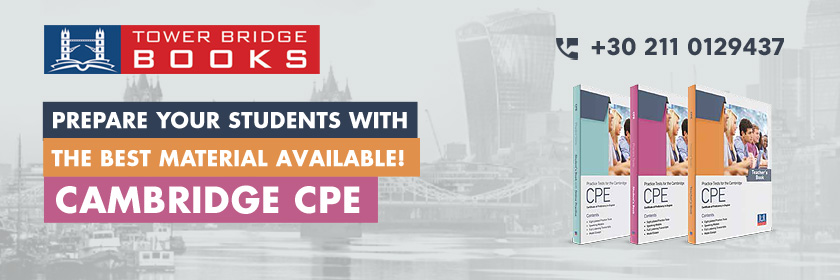Everyone these days is striving to be innovative, is promising innovation, is encouraging others to innovate. But if you think about it, it’s overused for a reason. It’s a single word that encapsulates everything that is exciting in any industry—a goal to shoot for because it means you’re different, your ideas are new, and your work is almost magical.
Here at Concordia University-Portland’s College of Education, we use the term a lot and we say it proudly. Innovation in the education vertical is so very important. We want our students to love learning, we need them to! By being innovative—whether it’s through incorporating STEAM projects, or building a 3 to PhD(R) community that truly addresses the whole child—we can engage students in ways we never have before, and that’s pretty incredible.
Earlier this year, we ran a giveaway on our public Facebook page for educators (and in a private group with students and alumni) with new school supplies up for grabs. To enter, Concordia students, alumni, and Facebook visitors had to answer one of two questions: What does innovation in education mean to you? And, what’s the most innovative thing you have done—or have seen another teacher do—in the classroom? Some of our favorite responses are below. Read on and get inspired.
What does innovation in education mean to you?
“Innovation in education means doing what’s best for all students. Teachers, lessons, and curriculum have to be flexible. We have to get our students to think and ask questions. We need to pique their curiosity, and find ways to keep them interested. Innovation means change, so we have to learn that our students need more than the skills needed to pass the state assessments given every spring. We have to give them tools that will make them productive in their future careers.” – Kimberly
“Innovation, to me, means finding any way you can to reach all of your students. This means being willing and flexible to adjust what you teach and how you teach. We have to keep our students engaged and excited to learn. We have to create a safe place for them to make mistakes, take risks, and ask questions.” – Ashley
“Innovation in education is always seeking knowledge that will support new and unique ideas in instructional techniques that will reach the students in more effective and exciting ways.” – Mischelle
“Innovation in education is stepping outside of the box, challenging our methods and strategies in order to support the success of all students as well as ourselves. This transformation may be small or a complete overhaul, but it is done with purpose and supports the whole student.” – Whitney
“Innovation in education means allowing imagination to flourish and not be afraid to try new things. Sometimes these new things fail but it’s awesome when they are a success. Without the right attitude, innovation would just be a word and the art of education would miss out on some great accomplishments.” – Valerie
“Innovation means keeping yourself educated about new trends and technology in education. For example, I incorporated STEM bins into my classroom because their is a huge push for more STEM related activities in education. I think innovation is also being creative with the resources your given. Sometimes your building or district might not provide everything you need for a lesson so you need to be innovative and think on the fly of how you could make something work!” – Nadia
What’s the most innovative thing you have done—or have seen another teacher do—in the classroom?
“My team teacher and I used guest teacher certificates as part of our reward system. Kids had 10-15 minutes to teach the class anything they wanted. It was amazing to see them get up in front of their peers and share their passions!” – Marlene
“I set my math & science units for my third graders up like college classes. Students start with picking a particular major and at the end of the unit, we work on making connections on how each lesson relates to the real world and the job they each choose individually. My students absolutely love the opportunity to be treated like adults and explore future options.” – Jade
“We have at times had students begin creating graphic novels in order to have better recall regarding historical information!” – Misty
“My second graders grade their own tests using their tech devices. They get immediate feedback and take the time to understand the answers that are wrong.” – Jenifer
“The most innovative thing I’ve done in my classroom is using a TAP (Teacher Advancement Program) rubric in my whole lesson where there are 19 indicators to follow. Some of the indicators are standards and objectives, activities and materials, feedbacking, questioning, etc. These indicators are true testament that if this TAP rubric is done daily, I can move students daily. Move means students’ academic growth. There is nothing more rewarding for a teacher than to see his or her students academic grow, improve, or increase. That’s the beauty of the TAP rubric.” – Marlyn








